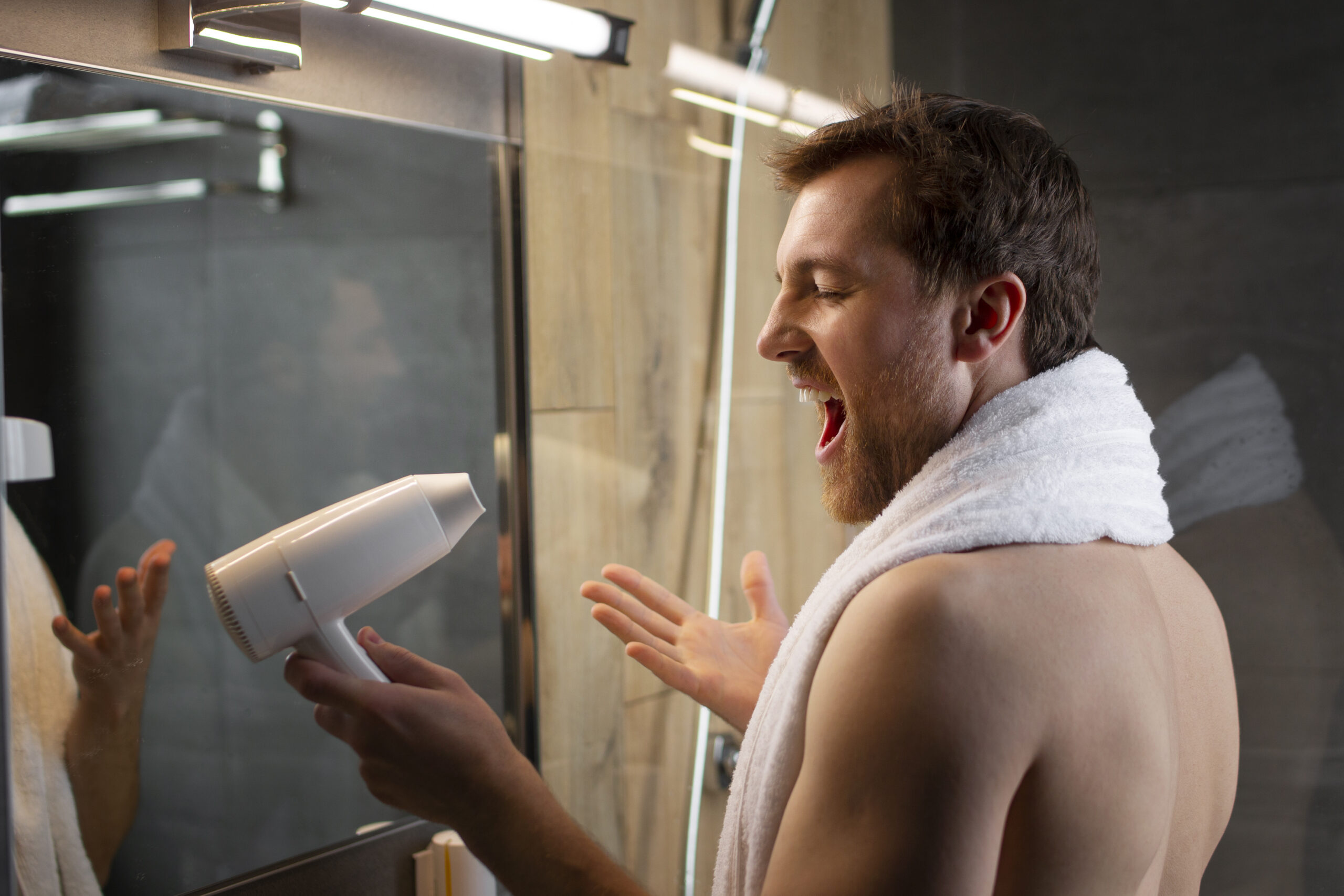Bathtubs have been a staple of homes for centuries, providing more than just a means of bathing—they offer a place of relaxation and self-care. Whether you’re looking to redesign your bathroom or just want to upgrade your current space, the bathtub can serve as the centerpiece of your retreat. This guide explores the different types of bathtubs, their benefits, and how to choose the perfect one for your home.
The Allure of Bathtubs in Modern Bathrooms
Bathtubs are no longer simply functional; they’ve become a symbol of comfort and luxury. Modern homes emphasize the importance of relaxation, and a well-chosen bathtub can turn a basic bathroom into a spa-like oasis. Bathtubs come in a wide range of styles, from traditional to contemporary, with materials and features that cater to different preferences. A freestanding tub can make a dramatic statement, while a built-in or corner tub offers practicality in smaller spaces.
Beyond aesthetics, a good bathtub provides a serene environment where you can escape from the pressures of daily life. Warm water therapy is known to reduce stress, relieve muscle tension, and even improve skin health. Thus, investing in the right bathtub not only enhances your bathroom’s visual appeal but also boosts your overall well-being.
Types of Bathtubs and Their Unique Features
When choosing a bathtub, it’s essential to understand the variety of options available, each designed to suit different bathroom layouts and personal needs.
Freestanding Bathtubs
Freestanding tubs are independent of walls, standing on their own, often in the center of a bathroom. They come in many designs, from vintage clawfoot styles to sleek, modern shapes. Freestanding bathtubs are eye-catching and make a bold statement, especially in larger bathrooms where space allows. Materials like cast iron or acrylic give them a sturdy yet elegant appearance, and they provide deep immersion, perfect for a luxurious soak.
Alcove Bathtubs
An alcove bathtub is installed in a three-wall enclosure, making it a popular choice for bathrooms with limited space. These tubs are cost-effective and typically used in shower-tub combinations. While they may not be as visually striking as freestanding options, they are practical for households needing both a bath and shower setup in one compact unit.
Corner Bathtubs
Corner bathtubs maximize space by fitting neatly into the corner of a bathroom. These tubs tend to be larger and wider, offering more room to relax. Some models come with jets, transforming the bath into a whirlpool for a spa-like experience. These tubs are great for those looking to install a bath with therapeutic features without compromising on space.
Clawfoot Bathtubs
A classic design, clawfoot bathtubs bring vintage elegance into the modern home. Elevated by decorative feet, these tubs offer a nostalgic feel while providing excellent comfort. Although they are typically made from cast iron, which retains heat well, their weight requires a solid foundation, making them better suited for certain spaces.
Whirlpool and Air Tubs
For the ultimate relaxation experience, whirlpool and air tubs come equipped with jets that create massaging bubbles or streams of water. These tubs are excellent for muscle relaxation and pain relief, ideal for those with arthritis or muscle soreness. While they tend to be more expensive due to their advanced features, they transform an ordinary bathroom into a personal spa.
Benefits of Bathtubs: More Than Just a Bath
While the primary function of a bathtub is for bathing, the benefits extend far beyond cleanliness. The mental and physical health advantages make bathtubs a vital addition to any home.
Stress Relief and Relaxation
One of the key benefits of bathtubs is the ability to provide relaxation and stress relief. Soaking in warm water can help lower cortisol levels, reducing stress and anxiety. The quiet, peaceful environment of a bath is the perfect way to unwind after a long day, offering a break from the hustle and bustle of life.
Skin Health and Detoxification
Baths also promote skin health. Warm water opens up the pores, allowing for a deeper clean, while soaking in salt baths or essential oils can hydrate the skin. The detoxifying properties of water help remove impurities, leaving the skin refreshed and rejuvenated. Baths can also help soothe conditions like eczema or psoriasis when paired with the right products.
Pain Relief
Soaking in a bathtub, especially one with jets, can alleviate muscle and joint pain. The buoyancy of water relieves pressure on the body, making baths beneficial for individuals with chronic pain, arthritis, or those recovering from injuries. The warmth also stimulates blood circulation, promoting faster healing.
Choosing the Right Bathtub for Your Home
When selecting a bathtub, consider the size of your bathroom, your budget, and how you intend to use the tub. For smaller bathrooms, alcove or corner tubs are practical choices that save space without sacrificing comfort. Freestanding tubs are perfect for larger spaces where you want the bathtub to be a focal point. Additionally, think about the material—acrylic is lightweight and affordable, while cast iron retains heat well but requires a stronger floor structure.
For those looking for therapeutic benefits, whirlpool or air tubs offer advanced features, though they tend to come with higher price tags. Regardless of the style or features, it’s essential to choose a bathtub that aligns with your lifestyle and enhances your bathroom’s design.
Conclusion
A bathtub is more than just a place to bathe—it’s a retreat for relaxation and a symbol of personal care. Whether you choose a sleek freestanding model or a cozy corner tub, the right bathtub can transform your bathroom into a sanctuary. By considering the space, style, and functionality you need, you can find the perfect bathtub to suit your home and improve your well-being.

